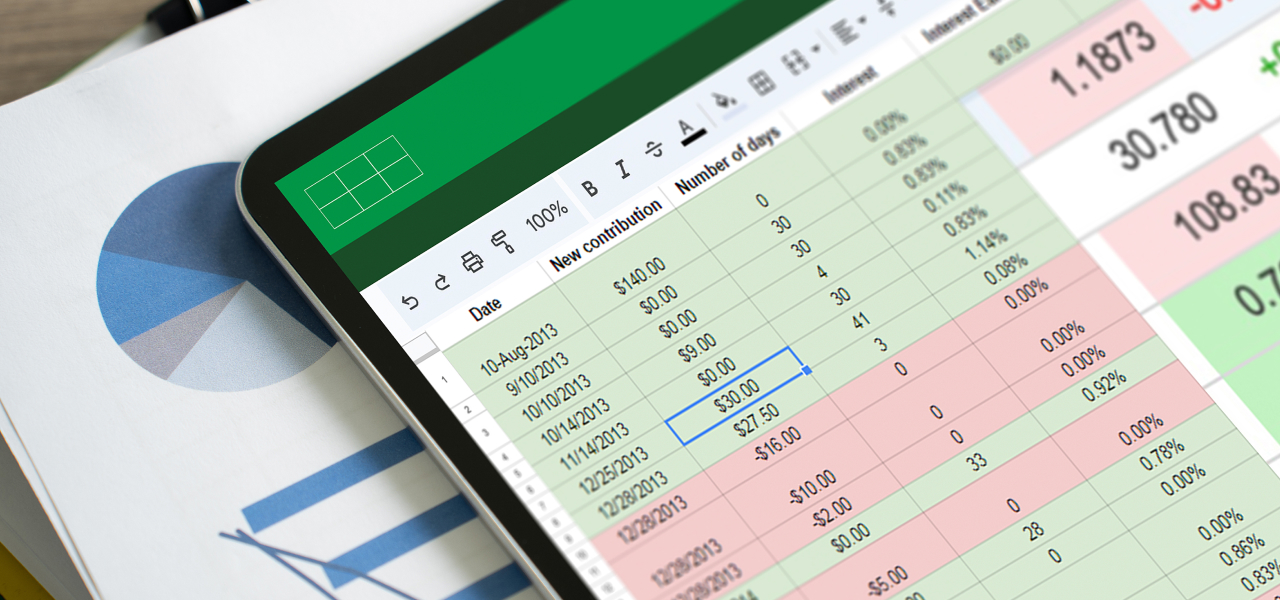As we enter 2023, fund accounting is undergoing rapid changes due to technological advancements and evolving business requirements. With a plethora of new capabilities available, it can be difficult to discern the most crucial ones for your organization. This article outlines essential features to consider when selecting fund accounting software, such as real-time reporting, aggregated information, automation, ETL, scalability, and interoperability. Regardless of the size of your organization, these features will ensure that your accounting software meets your present and future requirements.
Real Time Reporting
The conventional method of accounting is known as a closed-book system, where reports are generated at the end of each quarter after the books for that period are finalized and official numbers are released. However, this approach has its limitations as it does not provide real-time data for management decisions. New developments that occur after the quarter has ended cannot be factored in accurately until the next report is generated. While estimates can be made, nothing can be confirmed until the books are officially closed.
On the other hand, one advantage of this system is that reports can be generated at any time without the need to wait for ledger balancing. Nevertheless, with the introduction of disruptive technologies, accounting conventions are being transformed. Continuous accounting is an innovative approach that offers real-time access to data regardless of where it is in the accounting cycle. This approach eliminates the need for guesswork and gives businesses an edge over those that rely solely on current information.
If you are considering an accounting package for your office, it is essential to ensure that the vendor offers this innovative approach before making your final decision.
Aggregated Information
The accounting industry has always prioritized data integrity due to its importance. However, when data is compiled into separate ledgers, it can become challenging to assess the information when it’s pulled for reporting purposes. This problem can be resolved by adopting a unified accounting methodology, which uses a single book, known as the general ledger. This approach provides the end-user with a reliable source of truth that can be trusted.
Compared to a multi-book system that includes separate general, sales, and purchase ledgers, a unified ledger is more flexible. Running a report does not require reconciling books, and it’s possible to drill down to view raw data and understand how numbers were calculated in any report.

Automation
Manual processes can be time-consuming and prone to human error, particularly when it comes to entering multiple passcodes for high-security financial databases. Even a small mistake can lead to delays and identity verification processes that can be frustrating for both clients and professionals. This can make it difficult to maintain a professional appearance and explain delays to clients.
-
Robotic Process Automation (RPA)
Fortunately, machine learning and artificial intelligence are now more accessible to smaller organizations, and they can be used to automate mundane, rules-based operations, freeing up time to focus on higher priorities. FundCount developers have used technology like Robotic Process Automation (RPA) to automate tasks that basic software cannot handle, such as managing data, processing transactions, and communicating with other digital systems.
RPA is a technology that uses built-in logic to perform tasks, ranging from simple ones like creating automated email responses to more complex tasks like gathering and formatting information from multiple sources. It can fully automate data processing outside of a solution, such as analysis and reporting software, making it a hyper-automation remedy for tedious tasks.
With RPA, office staff can seamlessly implement the tool, and data pulled from banks can automatically appear in the accounting system, ready to be crunched, analyzed, and fed into reports. Robots can log in to each account, download and convert data, save it to special destination folders, and then import it into the accounting system. This reduces the chance of human error and ensures that processes are completed quickly and accurately.
-
Extract Transform Load (ETL)
The internet and Wi-Fi industries have established protocols that allow for easy access using any internet-ready device. However, the financial industry has yet to adopt a similar approach. Data comes in various formats, creating challenges when it comes to importing. FundCount addresses this issue with its proprietary tool, Extract Transform Load (ETL), which is built into the FundCount system. ETL enables seamless access to any data source and does not require additional programming skills. Even individuals with basic Excel knowledge can develop interfaces and import routines using ETL. FundCount’s technicians are available to assist clients who encounter any unique or unusual challenges.
The system has tools that can export data in a comparable way. To assess a new system, it’s crucial to think about how client data will be transferred to it. If the system doesn’t have a straightforward process for extracting, formatting, and importing data from sources like banks, equity market feeds, and labor outlays, it may require extra programming effort, resulting in additional expenses. Hence, this is a vital aspect to contemplate while choosing a new system.
Scalability
Assuming your business, like most, has aspirations for growth, scalability should be a primary consideration when selecting new accounting software. It’s crucial to ensure the software can handle increased demands from a growing client base and expanding operations without causing disruption. As you weigh the cost-benefit tradeoffs of different software options, it’s important to factor in not only the upfront costs but also the potential future expenses and headaches associated with upgrades.







